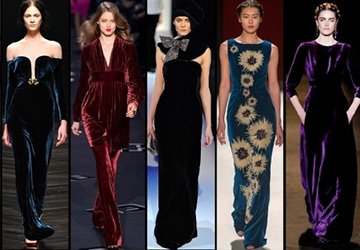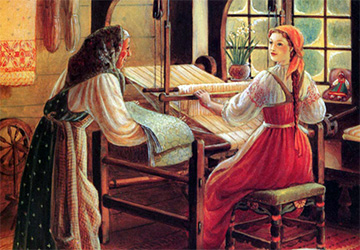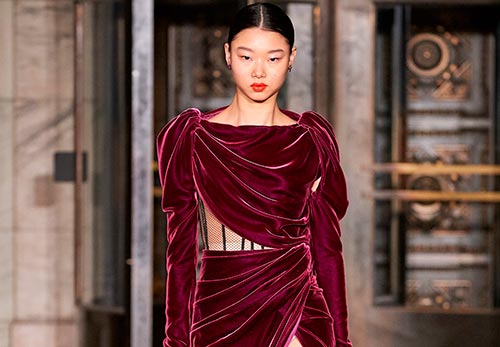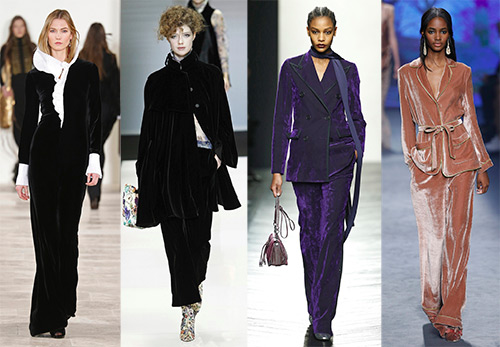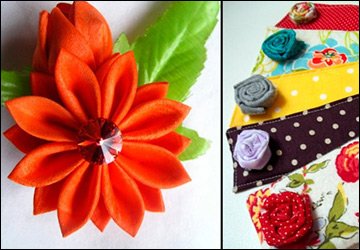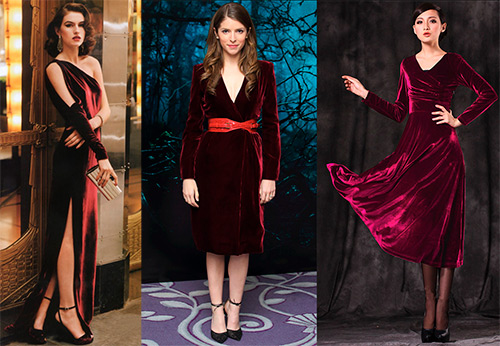Beautiful dresses
Velvet - the history of velvet fabrics and dresses
Velvet is the king of fabrics, and the fabric of kings.
Velvet was a symbol of prosperity, continuity, admiration. Its name comes from the German word Barchent. The first to appreciate the beauty of velvet were the inhabitants of the Apennine Peninsula, then the French nobility, followed by the British and Russians.
Velvet is a pile fabric with a soft, fluffy front surface. The base can be silk, cotton, wool.
When spinning, the pile thread is pulled with the help of special devices, metal rods, so that it forms loops on the front side. They are then cut or left uncut. In the first case, the velvet is called split, and in the second - continuous or looped.
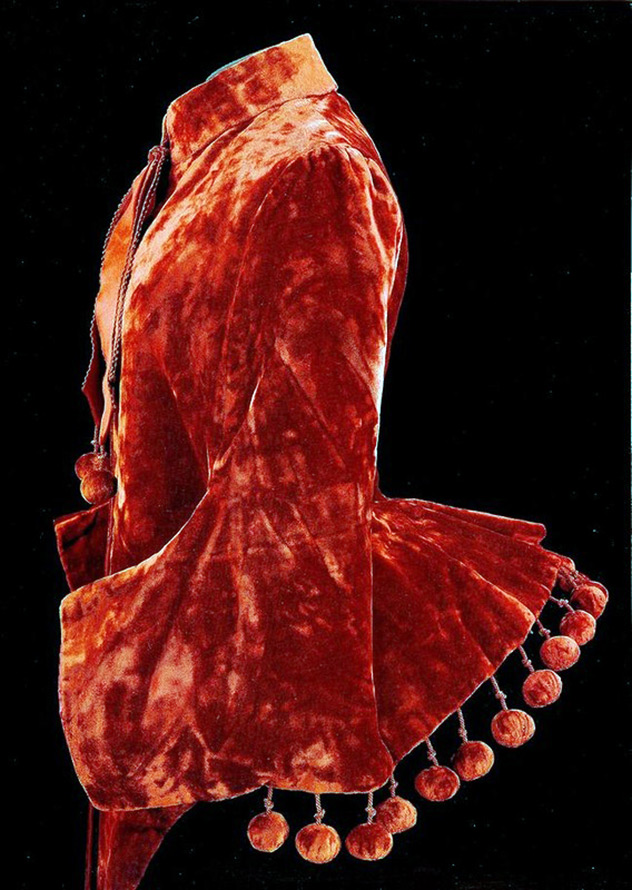
Some historians attribute the technique of making velvet to the Chinese, others to the weavers of ancient India. Be that as it may, velvet came to Europe from the East in the XII century. Byzantine and Arabic velvet was exported, but the demand for it was huge, soft, delicate and beautifully draped fabric was quickly appreciated. They were willing to pay big money for it, velvet was evaluated on a par with rare jewelry.
In 1247 in Venice local weavers made an extraordinary beauty velvet on a silk basis with gold thread. This velvet had a rather laborious production, expensive dyes were used. Venetian velvet has received the status of the most prestigious fabric. Then weavers of Genoa, Florence, Milan began to produce luxurious fabrics.
In the XIV century, velvet of different colors was produced in Italy. Velvet was extremely popular, and patterned velvet appeared in the late Gothic and Renaissance eras. Often the drawings were created by renowned artists. In the Baroque era, multi-colored velvet appeared.
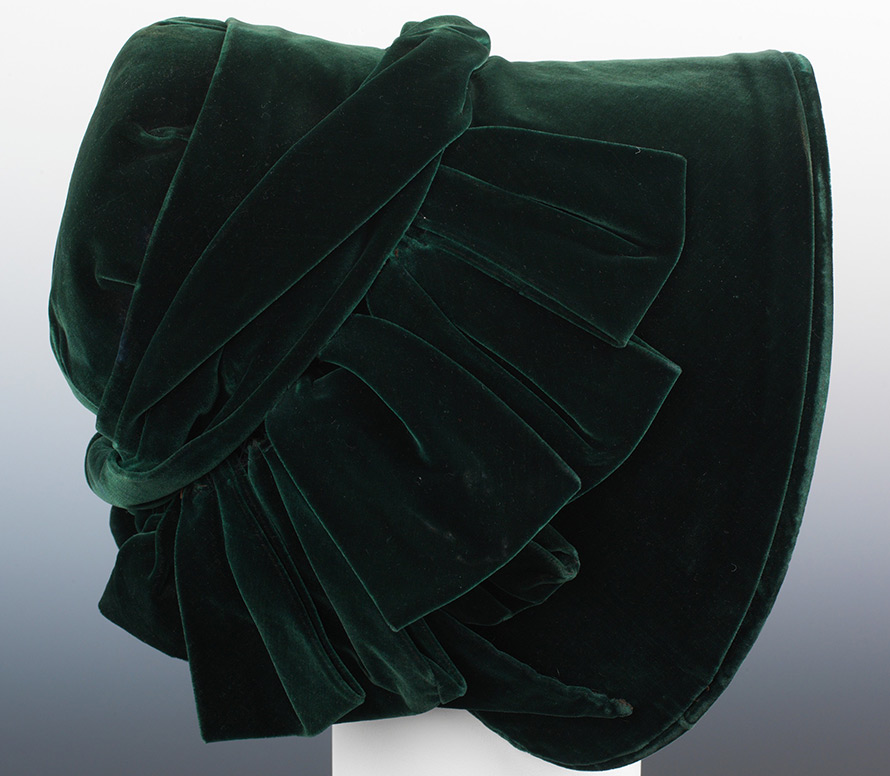
Festive robes were sewn from velvet for royalty and court nobility, the highest hierarchs of the church, their outfits were adorned with gold and silver, pearls and precious stones. The richest people could afford cloaks, belts, horse blankets from velvet, marked with heraldic symbols. All secular nobility tried to emphasize their dignity and high social status, at least with a hat made of velvet.
Each family kept velvet robes and passed them down from generation to generation. Often in wills, velvet was mentioned after real estate, in front of jewelry and money. The richest and noblest displayed not only clothes on themselves, but upholstered furniture and draped walls and even military tents and funeral carts.
The production of velvet gradually expanded in France, but the demand for it did not diminish, velvet outfits were expensive, vain dandies were ruined by purchasing expensive clothes. The richest reserves of velvet fabrics were in Italy.
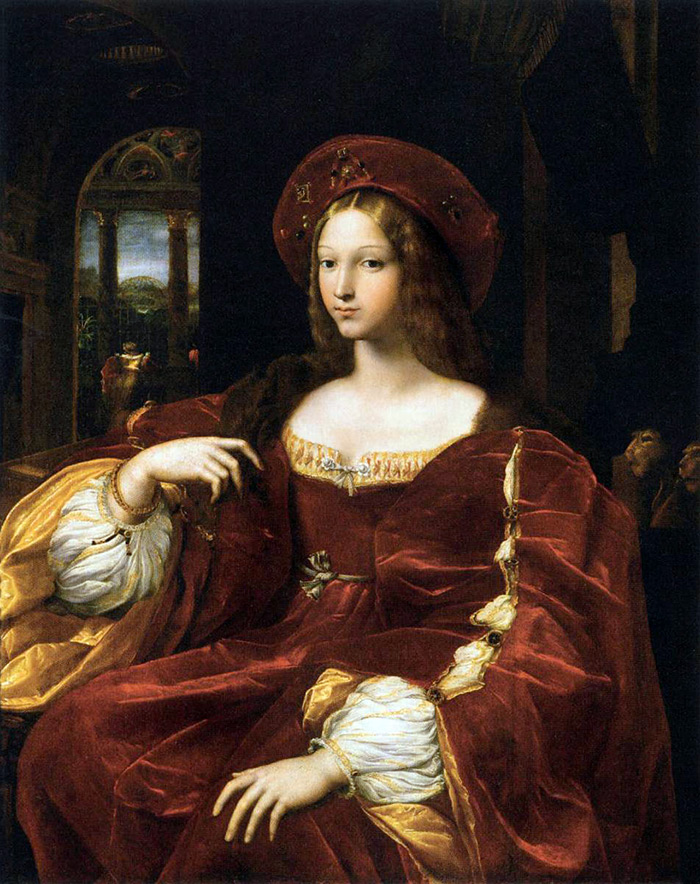
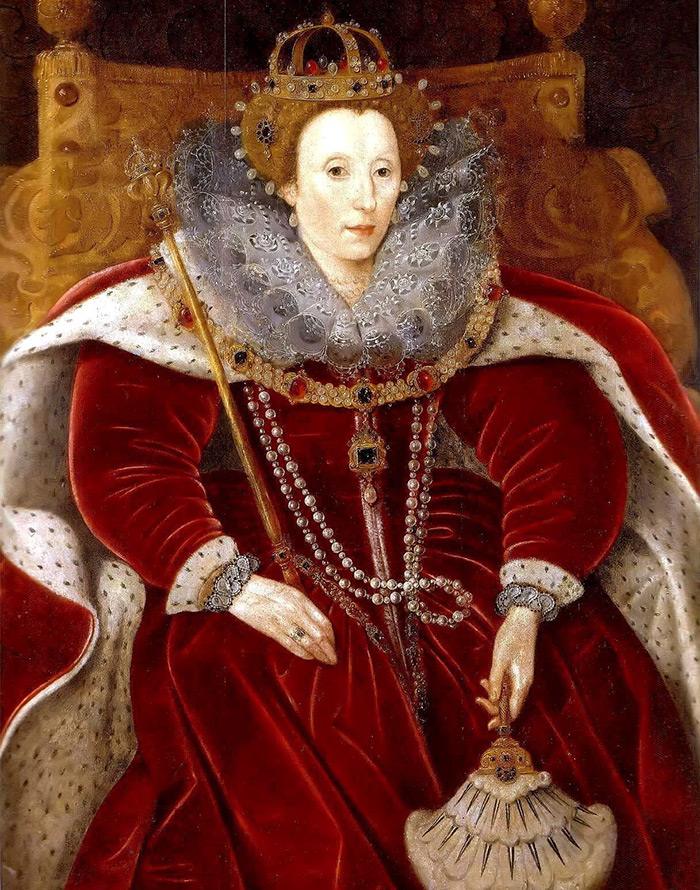
The Venetians considered purple to be the most prestigious color for dignitaries, and as a sign of respect for the distinguished guests who visited their city, they presented them with luxurious outfits of purple velvet. "Never and nowhere was there such a variety of fabrics as in Venice in the 16th century." On the days of great holidays, halls of palaces, churches, gondolas, facades of houses and even squares were hung or covered with velvet, brocade, and carpets of rare beauty.
The French monarchs Charles VIII, Louis XII, Francis I and Henry II did not have enough velvet woven in Tours and Lyon, they exported it from Italy, where they fought devastating wars that ruined local manufacturers and merchants of precious fabrics. The distinctive color of the French kings was black velvet.
The worship of velvet was such that even many wealthy families in France began to go broke. Then the King of France Francis I in 1543 forbade the nobles to wear velvet.However, in 1547, the new King Henry II canceled this decree on the condition that the court nobility could wear velvet outfits only at solemn ceremonies. Then followed the conditions for wearing velvet for other classes, some of them were ordered to wear outfits only with separate velvet elements, as a decoration. Only members of the royal family could wear velvet outfits whenever and wherever they wanted.
After some time, as a result of the change of kings, everything resumed again - the court nobility, for the sake of their vanity, was ruined on velvet outfits.
At the end of the 15th - 16th centuries, the largest amount of velvet - "shaggy silk" in Europe was in the hands of Venice and France. It should be noted that the velvet of the Middle Ages was too dense and heavy, in such velvet dresses it was not easy to move, except perhaps majestically and with dignity.
In the middle of the 18th century, thanks to new weaving technologies, thin velvet and less expensive ones appeared, which allowed ordinary people to sew vests and trousers, frock coats, dresses, hats and shoes from it. A beautiful velvet decoration appeared - a black velvet ribbon that women wore around their necks to set off its beauty and whiteness.
In the portraits of famous painters, depicting kings and high nobility, we can see them in their finest velvet outfits.
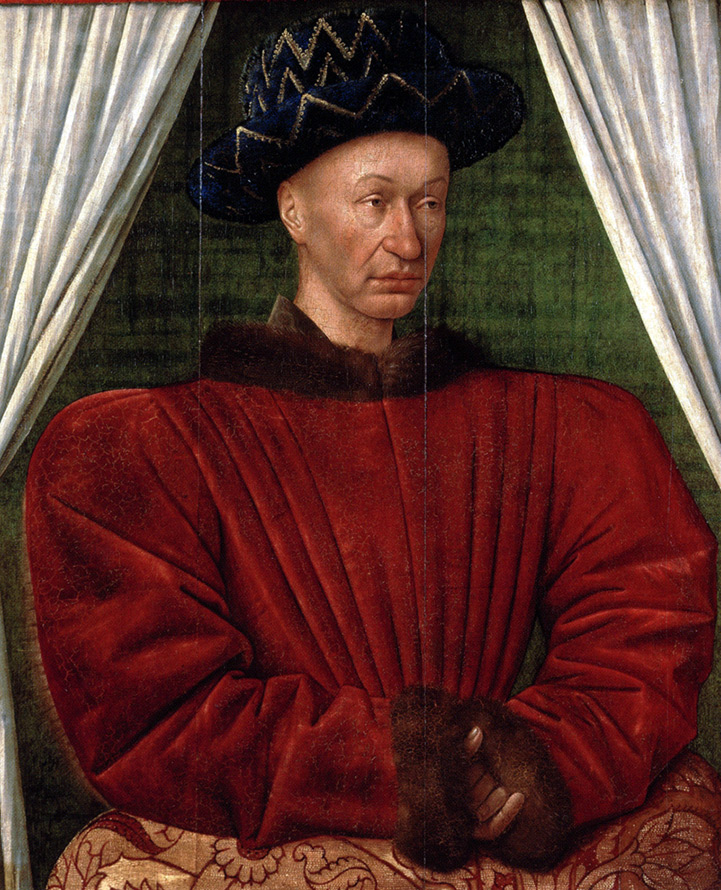
J. Fouquet. Portrait of Charles VII, 1444.
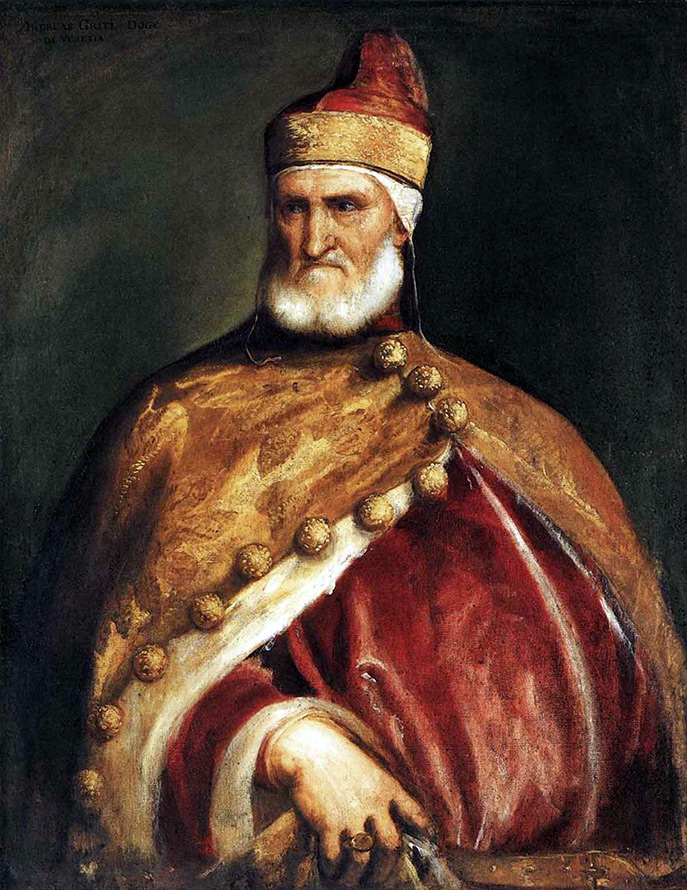
Titian. Portrait of the Doge Andrea Gritti.
Emperor Napoleon Bonaparte wished to see himself in a red velvet robe against a background of velvet drapery. The textile industry of France under Napoleon became the basis of the wealth of France. Napoleon tried to emphasize the superiority of the French weavers over the Italian ones.
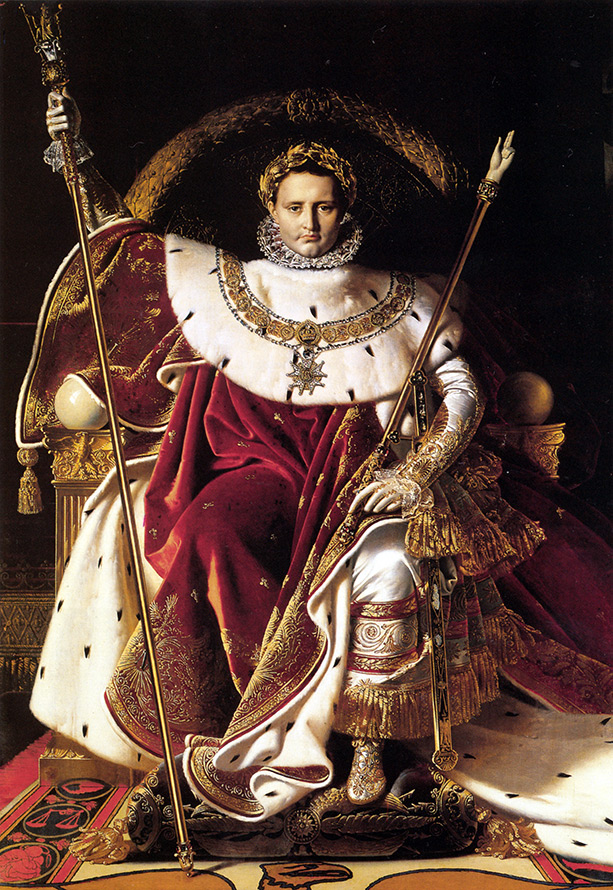
Jean Auguste Domenic Ingres "Napoleon on the Imperial Throne", 1806
The role of velvet in the history of human passions turned out to be on a par with the passion for precious stones and metals.
The twentieth century with its freedom and democracy, it would seem, should have abandoned the royal fabric embodying aristocracy. But no, new technologies have made velvet even more luxurious and affordable, and the ways of using it have helped to reconcile those who are "for freedom and democracy." It is still the favorite material of the couturier. In 1938, the audience might be surprised - the famous Mademoiselle changed her principles and created a velvet costume. Chanel was followed by other famous couturiers - Schiaparelli, Balmain, Rocha, Fat, Dior, Givenchy, Ungaro, Westwood, Gaultier, Yves Saint Laurent (his velvet ladies tuxedo) and many, many others.
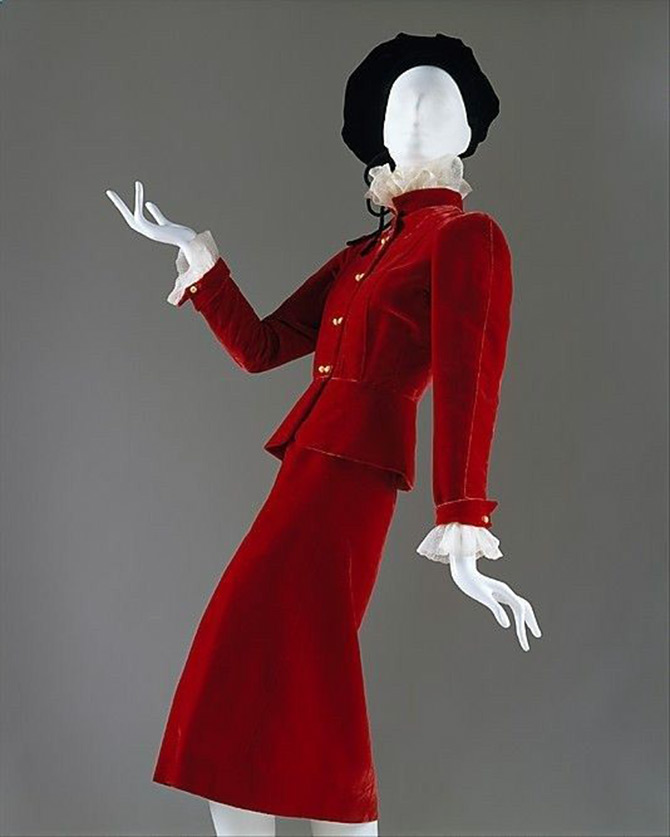
Velvet gives a feeling of happiness and warmth, it is not going to leave the podium, continuing its triumphant march, like hundreds of years ago.
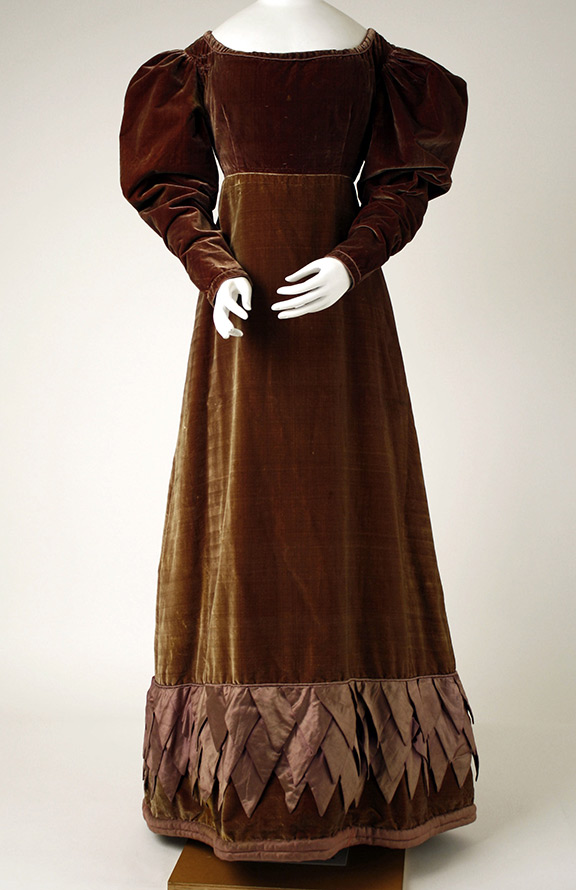
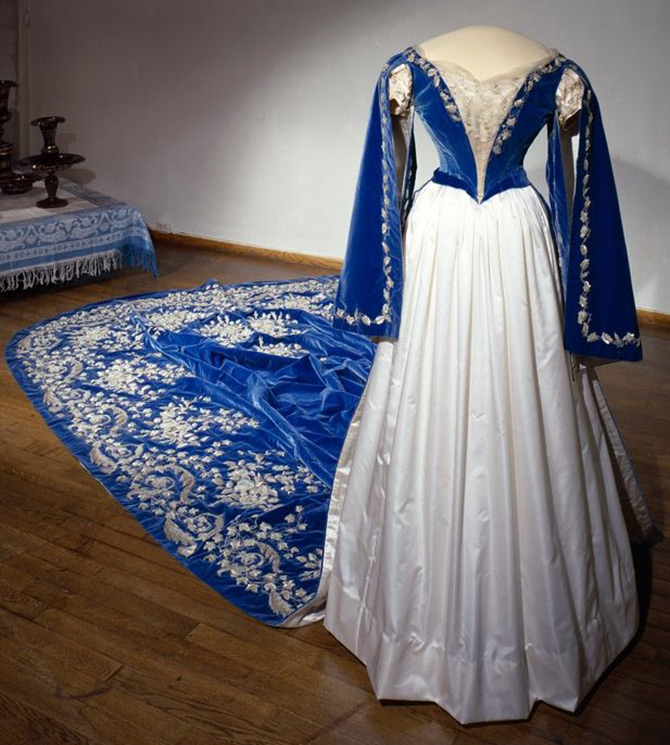
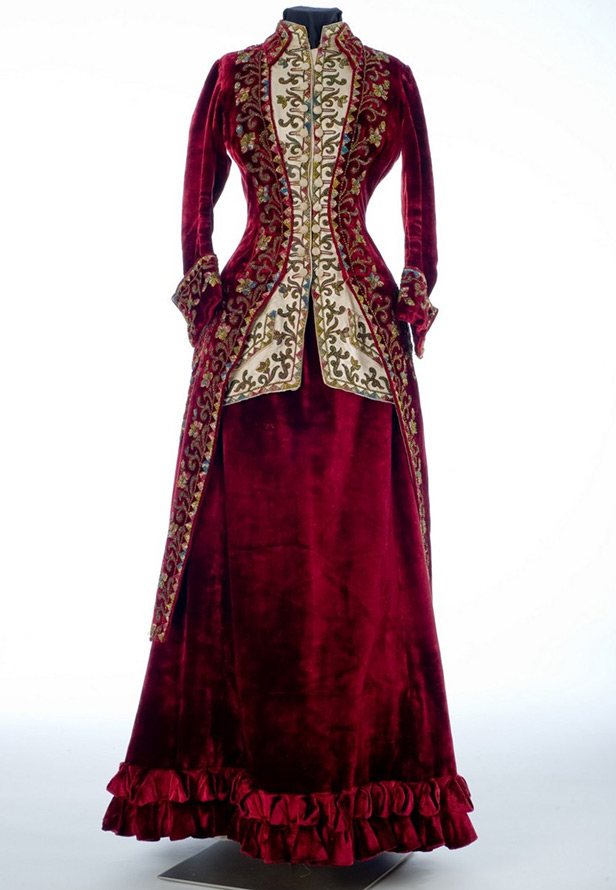
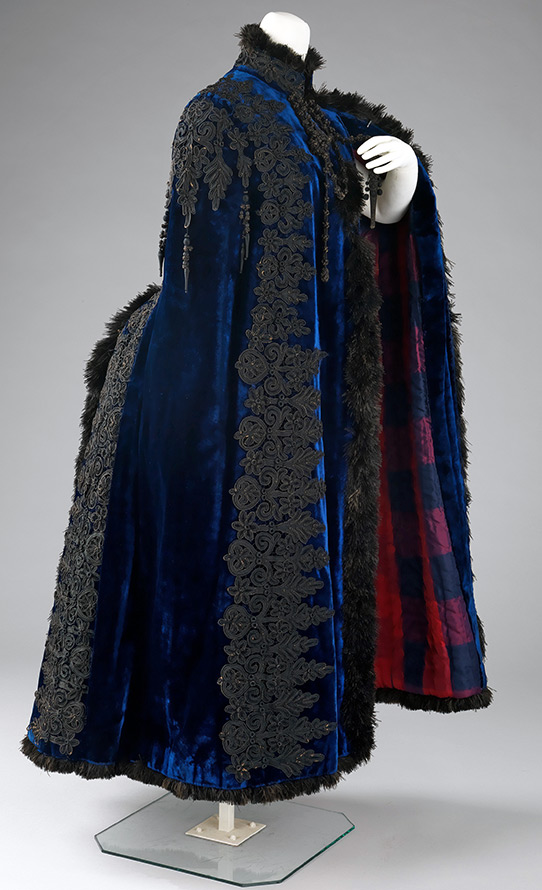
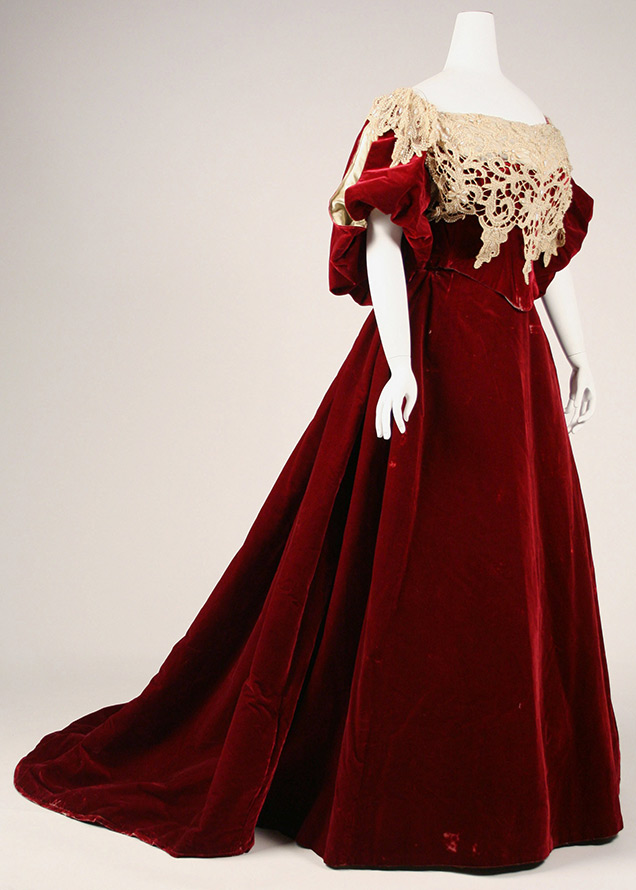
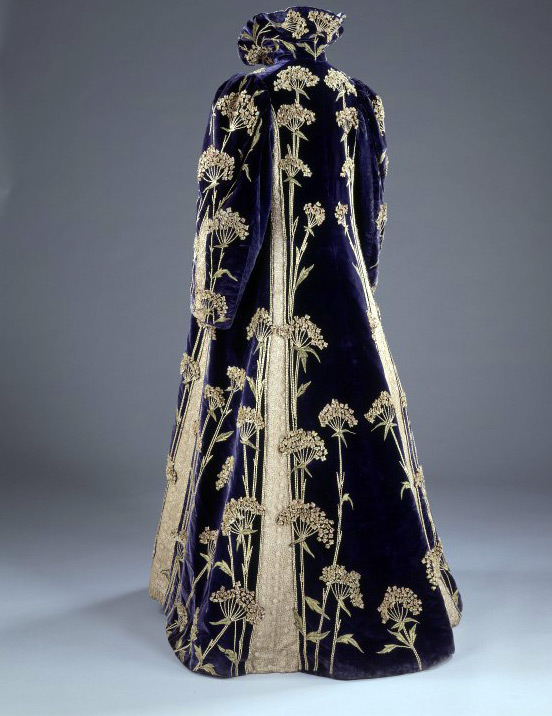
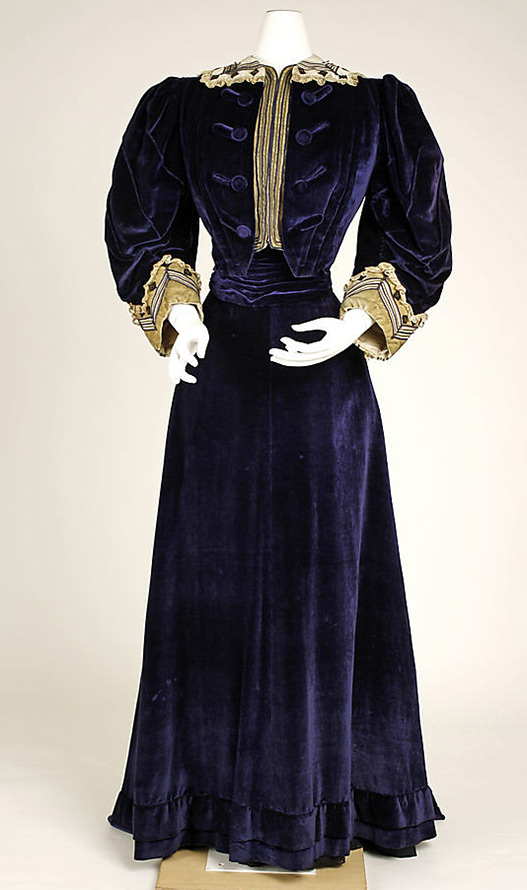
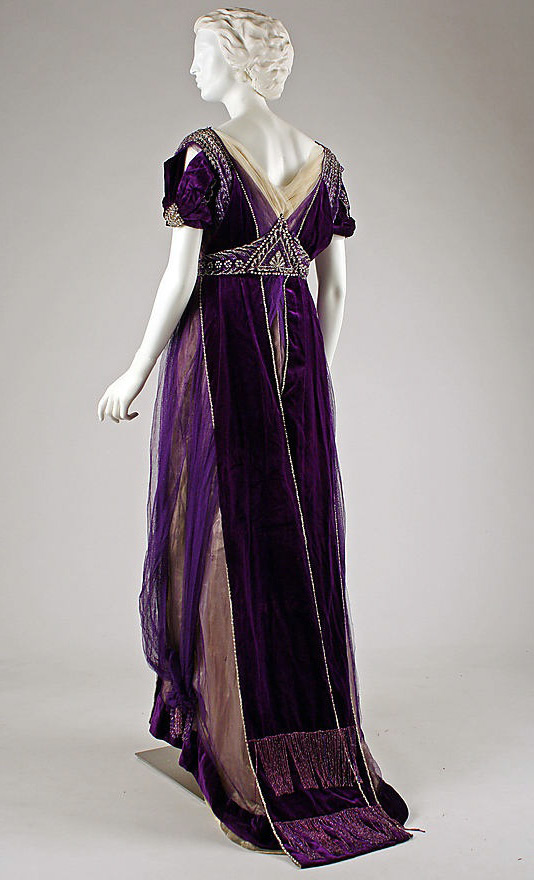
Comments and Reviews
Add a comment
Rating news
Shades of clothing that make women look younger
What shades of hair make women younger: rules and photos
Funny wedding dresses - photos and ideas
12 most expensive down jackets for the winter
How to look 25 at 40: tips from supermodels
Beautiful schoolgirls
Anti-aging haircuts and hairstyles for women
Fashionable skirts for autumn and winter
Fashionable women's trousers for the cold season
Fashionable and stylish sandals for summer 2024
Spring-summer 2024
 Fashionable dresses and tops with thin spaghetti straps
Fashionable dresses and tops with thin spaghetti straps
 Bandana tops: how to wear stylishly and beautifully
Bandana tops: how to wear stylishly and beautifully
 How to put together the perfect men's wardrobe for the summer
How to put together the perfect men's wardrobe for the summer
 Fashionable shorts for spring-summer 2024
Fashionable shorts for spring-summer 2024
 Fashionable skirts for spring-summer 2024: a guide to online shopping
Fashionable skirts for spring-summer 2024: a guide to online shopping
 The most fashionable dresses spring-summer 2024: styles and colors
The most fashionable dresses spring-summer 2024: styles and colors
 Fashionable total look 2024: ideas of images and trends
Fashionable total look 2024: ideas of images and trends
